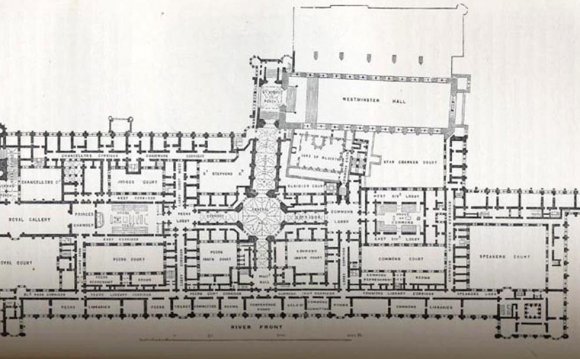
Trying to define modernism can be a frustrating exercise. As a style, it is less coherent, its boundaries looser, than, say, classicism. Many critics would argue that modernism is not even a singular style, that it incorporates a great variety of aesthetics and sensibilities. And just who were the modernists? Frank Lloyd Wright vehemently opposed being grouped with them, but modernist architecture would not have been the same without him.
Modernism roughly spans the time between World War I and the early 1970s. What we generally think of as the modernist ethic evolved first in Europe, among such architects as Le Corbusier, Ludwig Mies van der Rohe, and Walter Gropius, the latter two of the German Bauhaus school. The European modernists imbued their work with an inherent morality and social consciousness and were often associated with left-wing politics. Intrigued by the emerging technologies of the day, they embraced concrete, glass, and steel in their revolutionary creations. They eschewed ornament, rejecting what they saw as the frivolous strokes of Victorian and art nouveau styles. Their work was both spare (think of Mies' famous dictum "Less is more") and lyrical. Perhaps above all, they believed in function dictating form, though many architects, such as Le Corbusier, would eventually distance themselves from that tenet.
In 1932, Philip Johnson and Henry-Russell Hitchcock curated a landmark exhibition at New York City's Museum of Modern Art in which they coined the term International Style. Aside from introducing the work of architects such as Mies to the American public, the exhibit consciously tried to define a movement. The ground was now broken for a distinctly American modernism to emerge, and the architects who subsequently worked in this country became less concerned with the moral and social aspects of building and more interested in appearance. Jonathan Glancey, the architecture editor of The Guardian, sums up the movement this way: "Modernism was not simply a style: but more of an attitude, a determination to break with the past and free the architect from the stifling rules of convention and etiquette."
RELATED VIDEO












